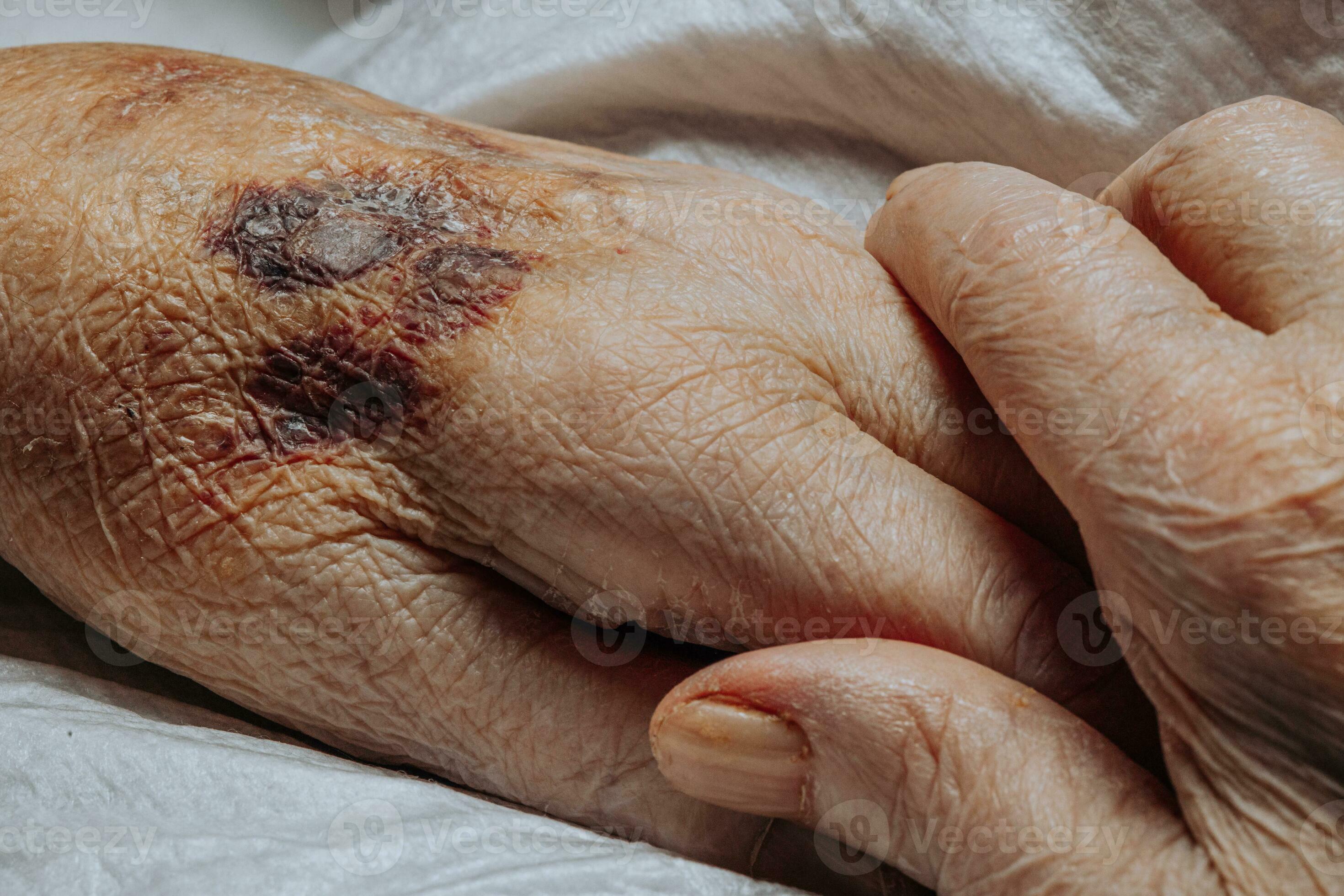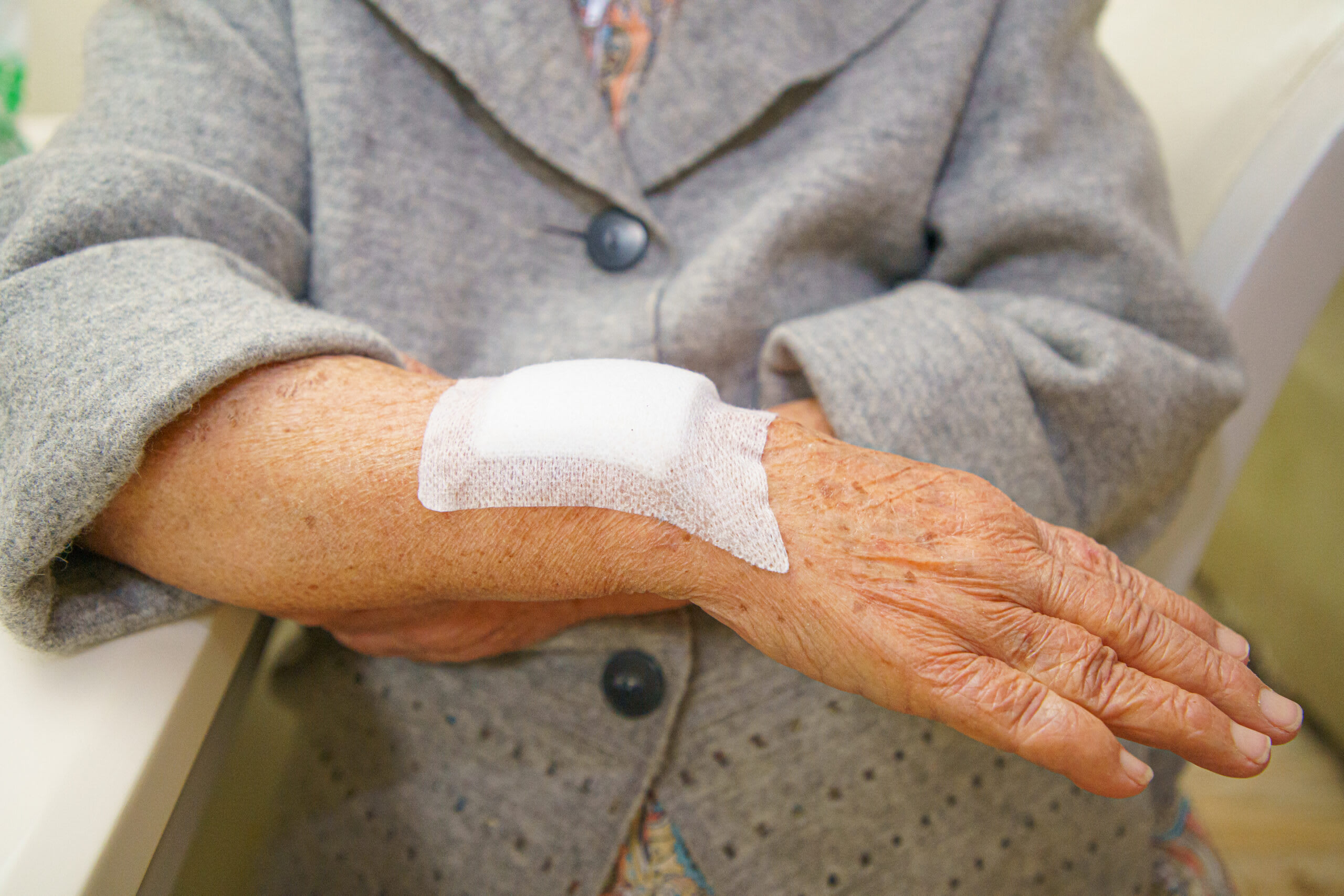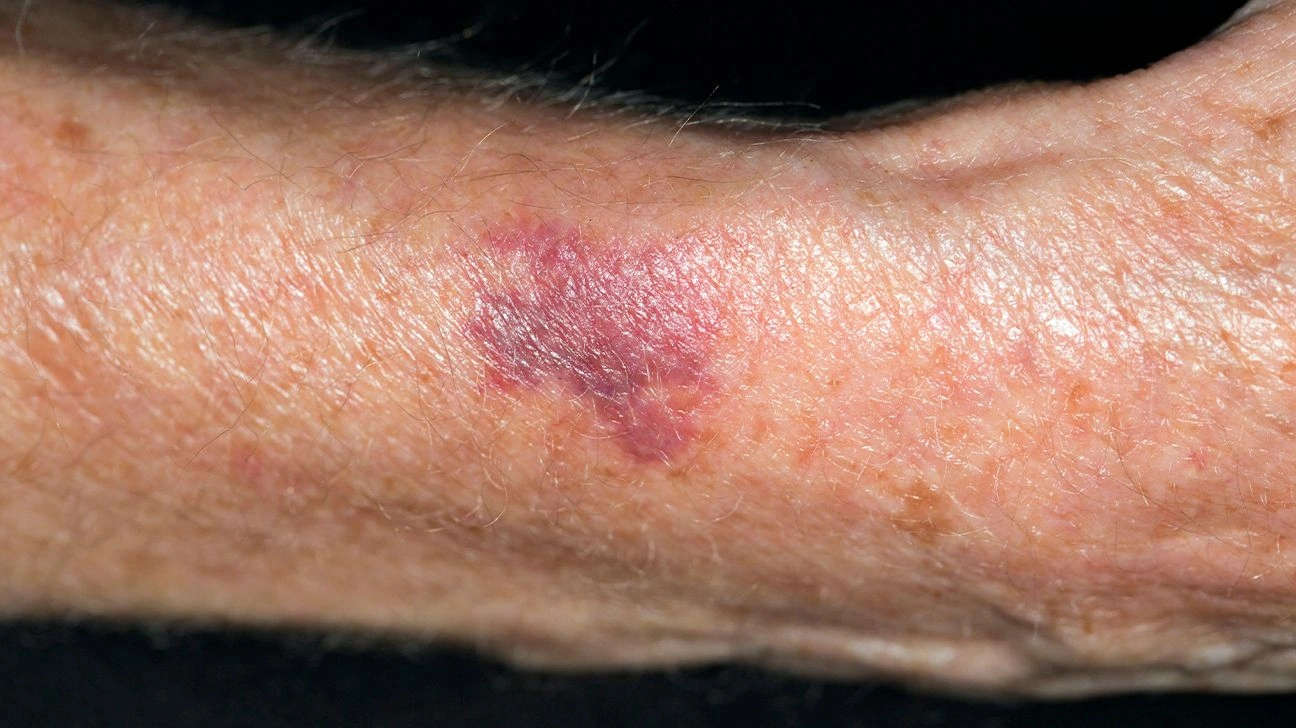Wait, Where Did That Bruise Come From?
Not gonna lie, the first time I spotted a big purple bruise on my grandma’s forearm, I practically interrogated her. “Did you fall? Did you hit something?” She just shrugged. “Nope. Must’ve been the cat again.” But here’s the kicker—these bruises just… show up. One day, nothing. The next, there’s a splotch. Sound familiar? If you’ve seen these on your own skin or a loved one’s, you’re definitely not alone. That’s why real-life elderly skin bruising pictures are super helpful—they show us what’s normal, and when we might need to worry.

So, let’s have an honest chat about those mysterious, stubborn spots that come with aging skin. Don’t worry—we’re skipping the boring textbook stuff and heading straight to what you want to know (with a sprinkle of stories and firsthand advice along the way).
Why Do These Bruises Just Pop Up?
Seriously, do you ever feel like you wake up and discover a new bruise, almost like the bruise fairy paid a visit? What gives?
The Sun’s Sneaky Side Effects
The main culprit is something called actinic purpura. Kind of a mouthful, huh? Most folks just call it “senile purpura” or “solar bruising”—much friendlier names. Here’s the behind-the-scenes: Over time, the sun’s UV rays beat up our skin’s support system. Think of it like repeatedly folding a piece of paper until it’s thin, crinkly, and just plain tired. That’s aging skin after decades in the sun. Blood vessels get closer to the surface, and even the tiniest bump can leave a mark that sticks around for weeks according to research on actinic purpura.
Bumps, Thin Skin, and “Why Me?”
You don’t need to be waging wild wrestling matches with the grandkids to get these. Just brushing past furniture or picking up a grocery bag can do it. When skin gets thinner with age, it loses that bouncy protection. Medicines like blood thinners, steroids, or even aspirin? They crank the bruising up a notch too based on medical reviews.
Real-Life Glimpse
Here’s an oddly heartwarming story from my next-door neighbor. She always loved gardening—bare arms, always in the sun. Suddenly, lots of these flat red bruises started popping up. She got worried about what folks would think, so she started tracking them and comparing with Mild elderly skin bruising pictures she found online. Turns out, her sun-filled afternoons were written all over her skin. Still, she hasn’t given up gardening. Just switched to long sleeves and a massive sunhat!
What Do Elderly Skin Bruising Pictures Reveal?
Let’s get something out of the way—these bruises look way worse than they feel. I’m willing to bet you’ve had at least one that seemed to come out of nowhere, looked alarming, then (eventually) faded like nothing happened.
Colors, Shapes, and Healing: Not Your Teenager’s Bruise
Elderly skin bruising pictures paint a pretty clear story. First, they aren’t those round, bluish bruises from high school soccer. Actinic purpura is typically large—sometimes the size of a silver dollar. They’re flat, kind of lacy or ragged around the edges, show up mostly on sun-exposed areas like the arms and hands, and fade through stages from brilliant red-purple to yellow-brown before slowly clearing as reported by Healthline.
| Typical Bruise | Actinic Purpura |
|---|---|
| Small, round, blue/purple, often from a strong bump | Large, flat, red-purple at first, then brown/yellow, often from minor trauma or no memory of a bump at all |
| Heals in about a week | Can hang out for up to three weeks, sometimes longer |
| Usually on legs, arms, or anywhere | Mostly on hands, forearms, sometimes face |
A Quick Story: Misreading the Signs
My friend’s mom once panicked over a patchy bruise near her elbow. “Am I low on iron? Is it vitamins?” Honestly? Nope. Just actinic purpura muddying the waters. For a great visual comparison, pull up Mild elderly skin bruising pictures vs. the deeper, scarier-looking (but not always more serious) ones you might find searching Cancer bruises pictures.
But When Is a Bruise More Than “Just a Bruise”?
What’s tricky is—sometimes bruises do signal something more significant. I’m not here to worry you, but I’ve gotta say it: If a senior starts having bruises that are unexplained, super frequent, or paired with other odd symptoms like nosebleeds, fatigue, or sudden changes in appetite, then it’s probably time to check in with your doctor. There are conditions—like certain blood or clotting problems—that can look similar. Cancer bruises pictures are a world apart, often showing multiple scattered spots, or accompanied by other warning signs. Gladly, most elderly skin bruising pictures you’ll see are way less scary and much more common—but trust your gut if something feels off.
How to Handle Bruising: Steps You Can Take
Honestly, you don’t have to move into a bubble to avoid bruises (although if you do, can I come? I bet it’s quiet in there). There are actually a bunch of reasonable, doable steps to help out your skin, or a loved one’s.
Protecting Skin, One Habit at a Time
Think sunscreen is just for pool parties? Guess again. Sun damage stacks up through life. Even if you’re not as outdoorsy as my neighbor, a little SPF on the arms and hands before grocery runs or walks can help protect that fragile skin.
- Moisturize daily. Dryer skin equals weaker skin.
- Wear longer sleeves when possible—light fabrics count! My cousin calls them “bruise blockers.”
- Try eating more colorful fruits and veggies—they’ve got vitamin C, which supports blood vessel health (not a miracle, but helps a little!).
- Be gentle—if you’re helping your parent or friend with dressing or walking, slow and steady wins.
Tracking Bruises: A Simple Trick
I know a woman who started taking weekly pictures of her arms once she noticed more bruises popping up. She’d compare her photos with Mild elderly skin bruising pictures online to see if hers were out of the ordinary. She noticed a pattern: more bruises after spring gardening, fewer when she wore light jackets. No detective work gets wasted!
When a Bruise Appears: What Next?
First—don’t panic. Most actinic purpura spots aren’t painful and just fade with time. But if they’re sore, swollen, or show signs of infection (like hot, red skin or pus), get medical attention. For everyday care, here’s what’s helped folks I know:
- Cold packs for the first hour, 10-15 minutes at a time.
- Gentle arnica gels—some swear by them (science is mixed, but hey, if it comforts you, why not).
- Elevation helps swelling, especially on legs.
- If using new meds (blood thinners, steroids), mention the bruises to your doc at your next check-in.
Myths To Skip (And What Actually Helps)
- Myth: “Bruises fade faster if you rub them.”
Fact: Actually, rubbing bruises might make it worse. Hands off! - Myth: “Vitamin supplements cure all bruises.”
Fact: Unless you actually have a deficiency, piling on vitamins won’t magically banish the spots according to research on actinic purpura. - Myth: “Only sun lovers get these bruises.”
Fact: Any aging skin is at risk, though the sun speeds up the process.
Comparing Bruises: When Should You Worry?
Most of the time, elderly skin bruising pictures show bruises that are harmless—ugly, sure, but just hanging around until your body breaks them down. If you’re ever unsure, snap a photo and jot down when it started. Having a record is super helpful if you end up discussing changes with your doctor.

When to Call a Doctor
Most actinic purpura just fades. Here’s when to pick up the phone:
- Bruises show up all over, especially in unusual places (back, belly, mucous membranes, gums).
- New bruises pop up really fast, or seem to be getting worse rather than better.
- You spot other symptoms—fatigue, weight loss, recurring infections, fevers.
- The bruises are very painful, swollen, or don’t heal after a month.
It could be nothing… but could also be something you’d want to catch early. Bruise types like those found in cancer bruises pictures aren’t the norm, but knowing what they look like is handy for comparison.
Final Thoughts: Let’s Talk, Track, and Take Care
If you’re reading this, odds are you or someone close deals with those lovely mystery spots. And here’s the truth: you are so, so not alone. Elderly skin bruising pictures look scary the first time—but most of these spots are part of the totally normal, often sun-fueled aging process. We can’t turn the clock back, but we can protect what we’ve got left, one sleeve, sunscreen dab, and salad at a time.
If you’re ever in doubt, reach out. Ask your doctor, swap stories with friends, share your bruise “collection” with family. Try comparing your photos with Mild elderly skin bruising pictures so you know when to relax and when to be proactive. And if you really want to stay ahead, keep an eye on things that don’t fit the “usual” pattern—sometimes it makes all the difference. If you want extra peace of mind, it never hurts to take a look at what shows up on cancer bruises pictures so you’re empowered to spot outliers.
Let’s be real—we’ve only got one skin to live in! Aging comes with its quirks (and, apparently, its own brand of body art). Embrace what you can, arm yourself with knowledge, and never hesitate to ask those “is this normal?” questions. Your skin tells your story—so, what’s yours been saying lately?


















Leave a Reply
You must be logged in to post a comment.